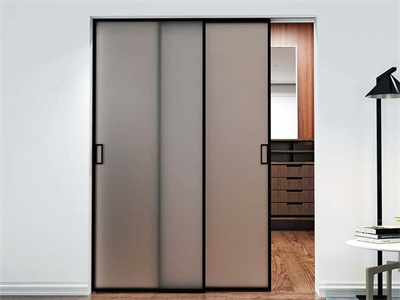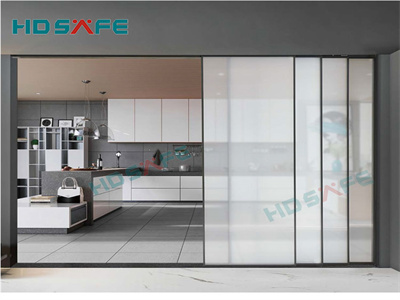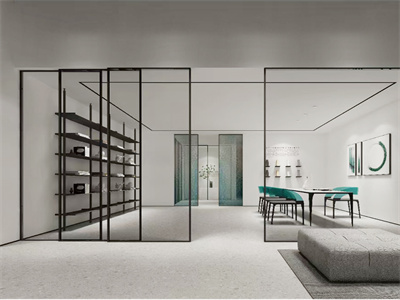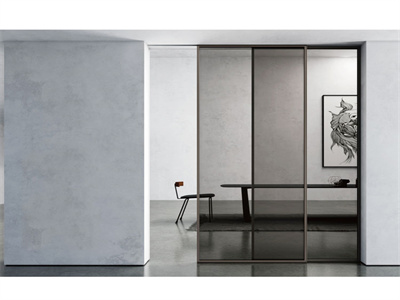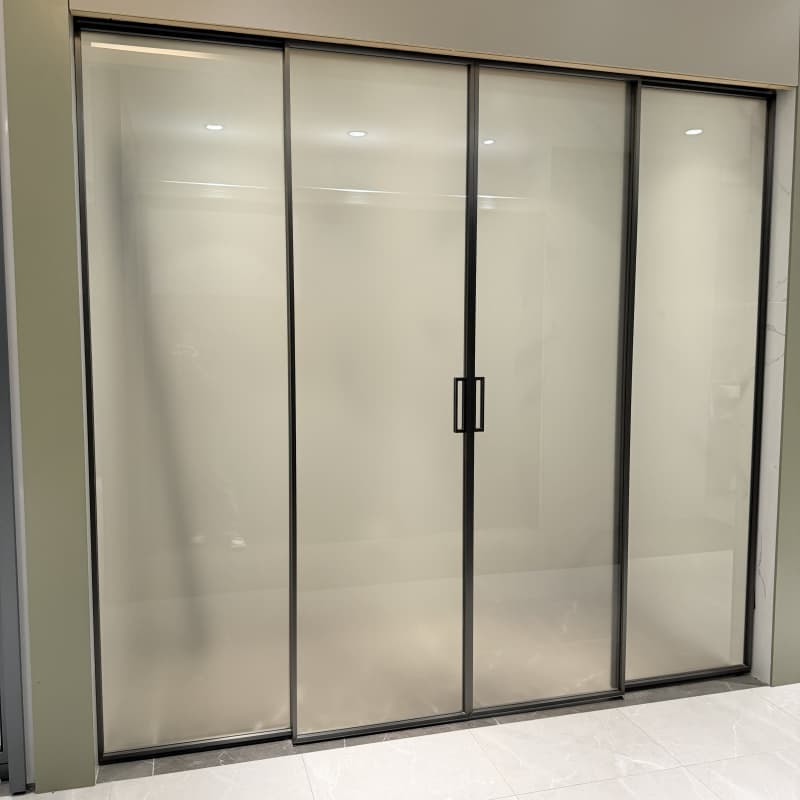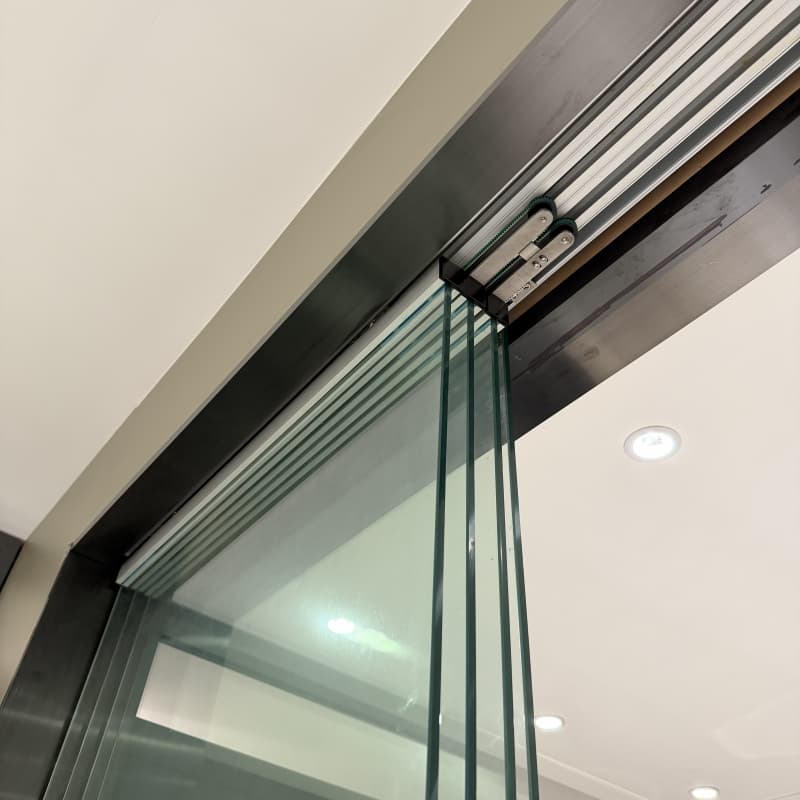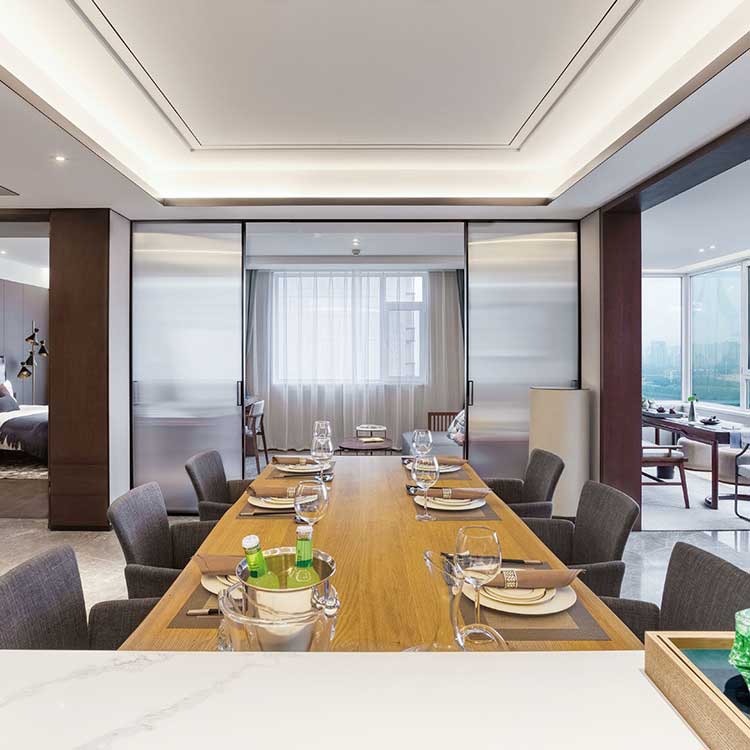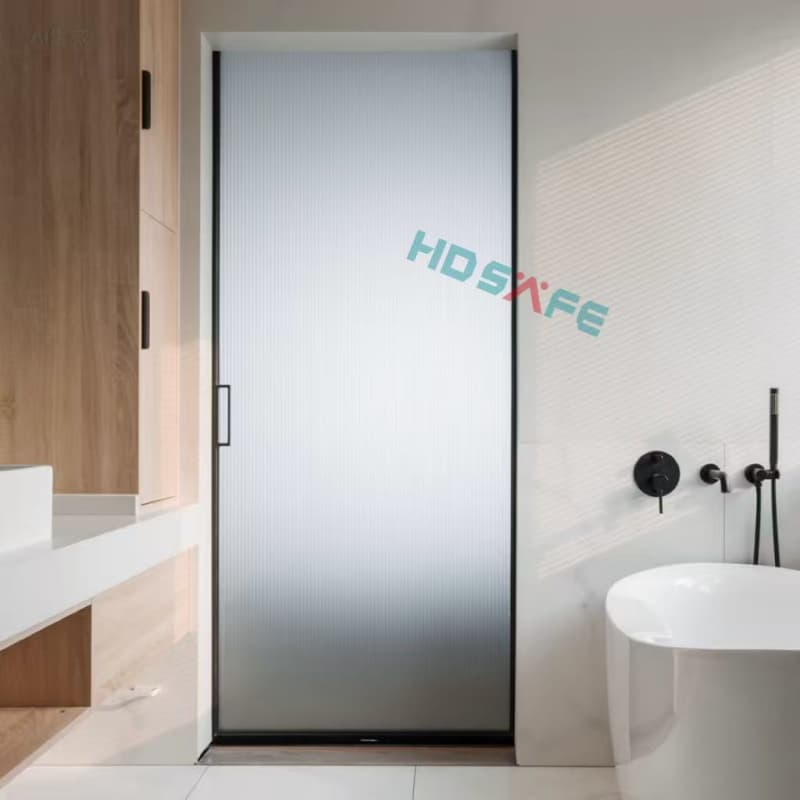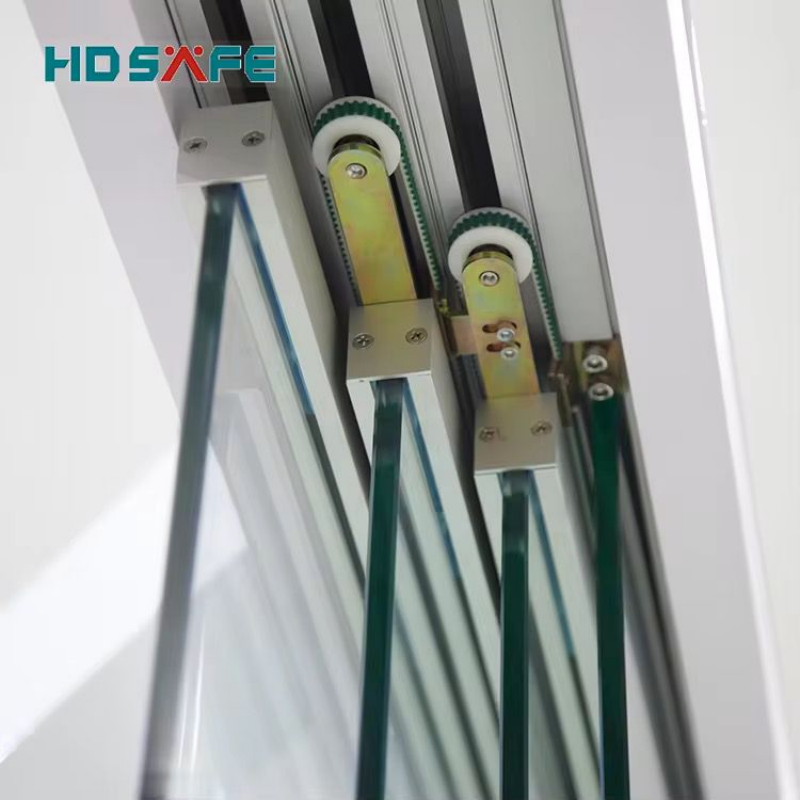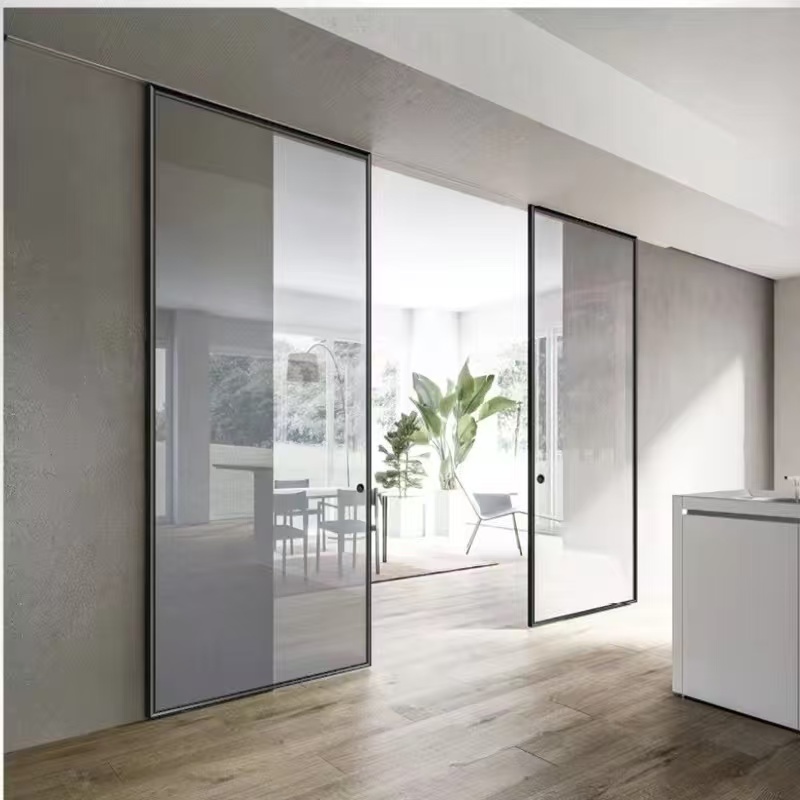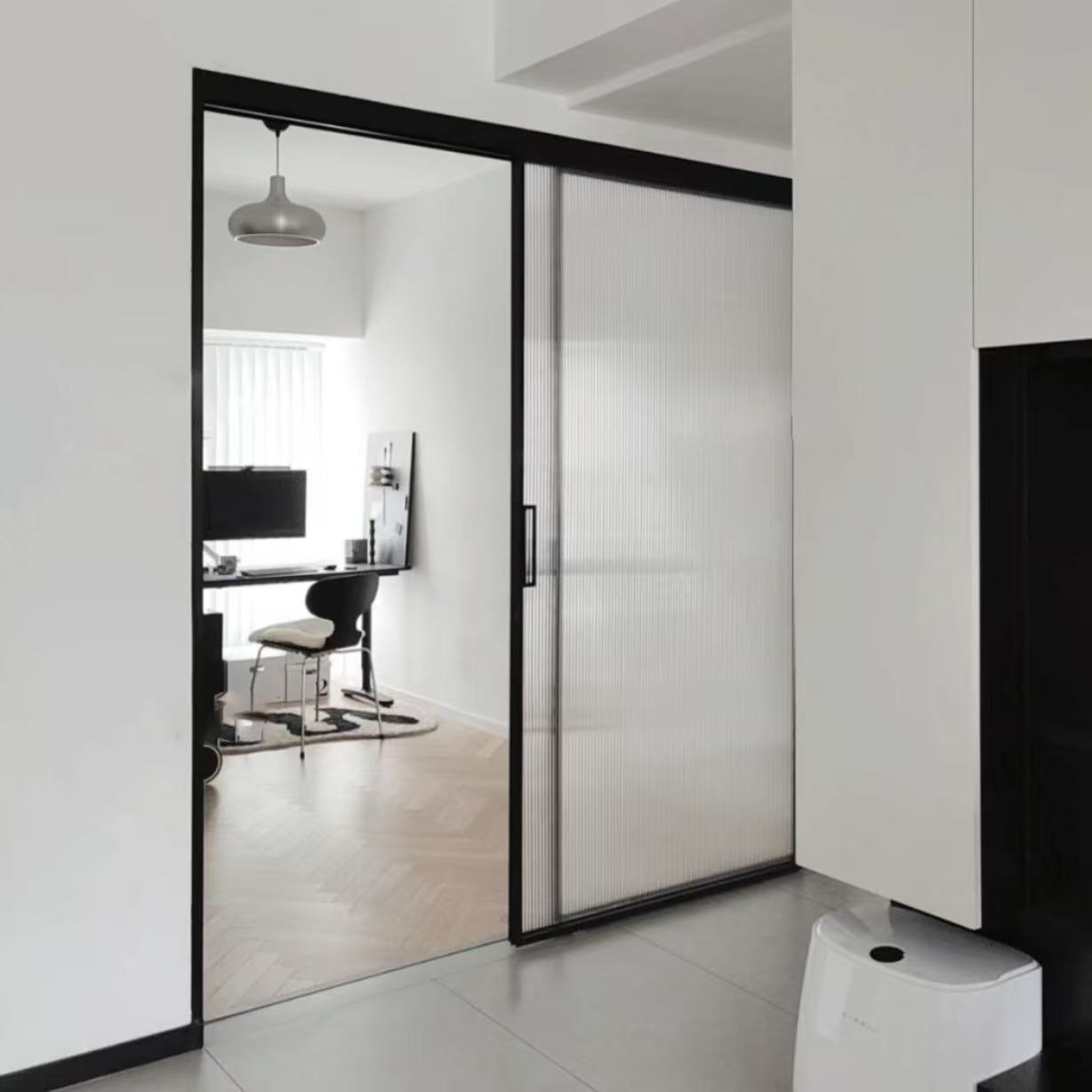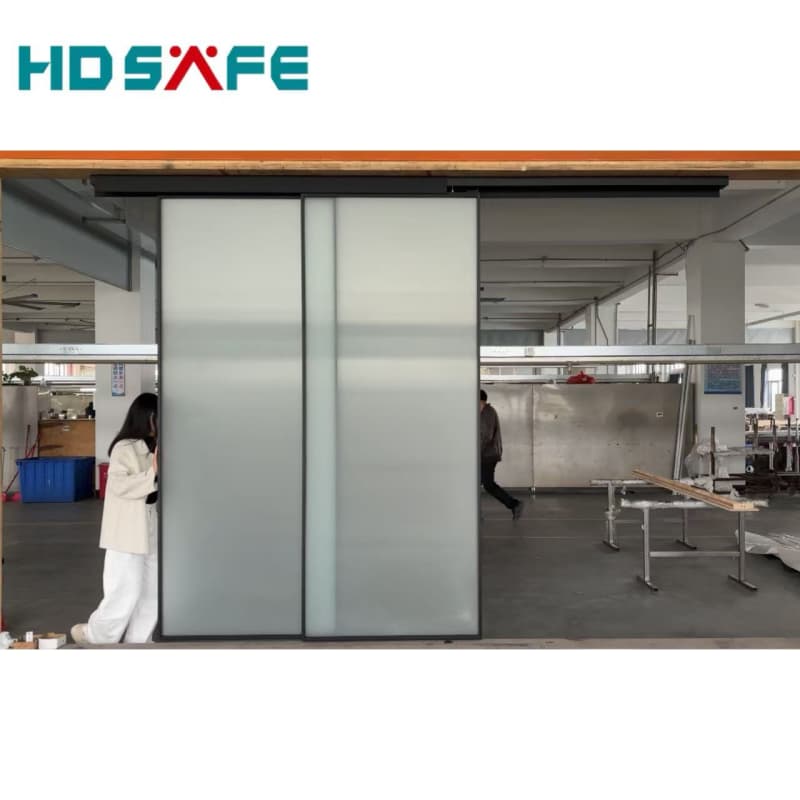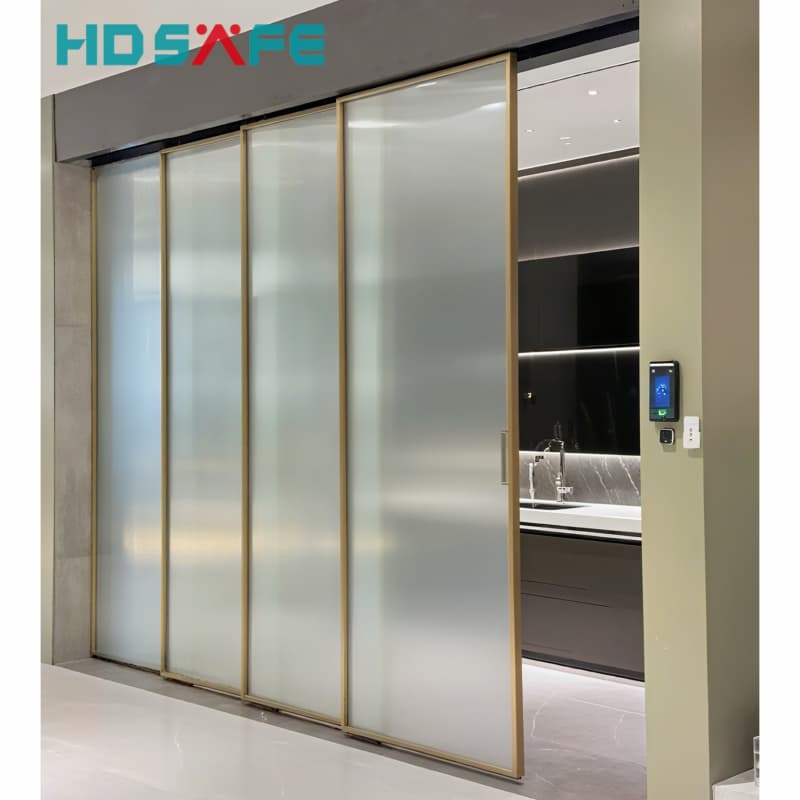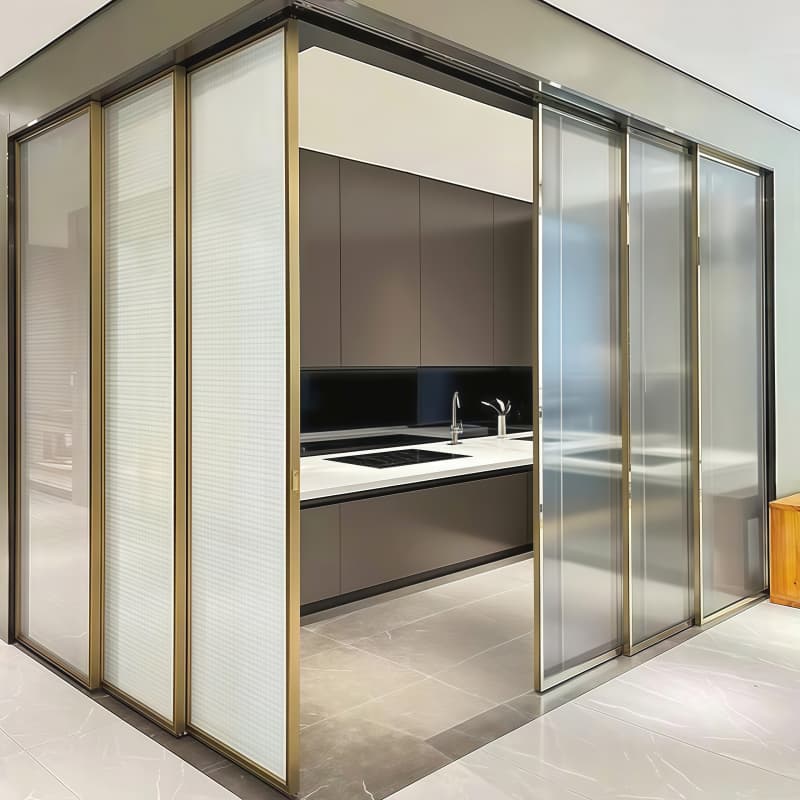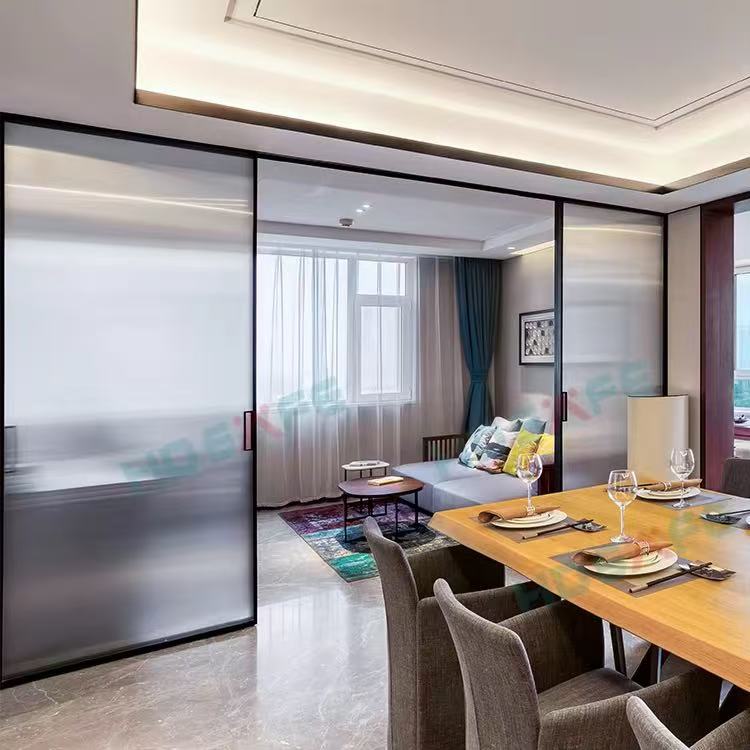New Generation Sliding Doors from 2025: Revolutionizing Modern Architecture and Living Spaces
Introduction: The Evolution of Sliding Doors
Sliding doors have long been a staple in both residential and commercial architecture, offering practicality, space efficiency, and aesthetic appeal. However, as we step into 2025, the concept of sliding doors is undergoing a transformative evolution. The New Generation Sliding Doors are not just functional elements but are now smart, sustainable, and seamlessly integrated into modern living spaces. These innovative doors combine cutting-edge technology, premium materials, and futuristic designs to redefine how we interact with our environments.
In this comprehensive article, we will explore the key features, technological advancements, material innovations, sustainability aspects, and design trends that define the new generation of sliding doors in 2025. Whether you are an architect, homeowner, or design enthusiast, this guide will provide valuable insights into how these doors are shaping the future of architecture.
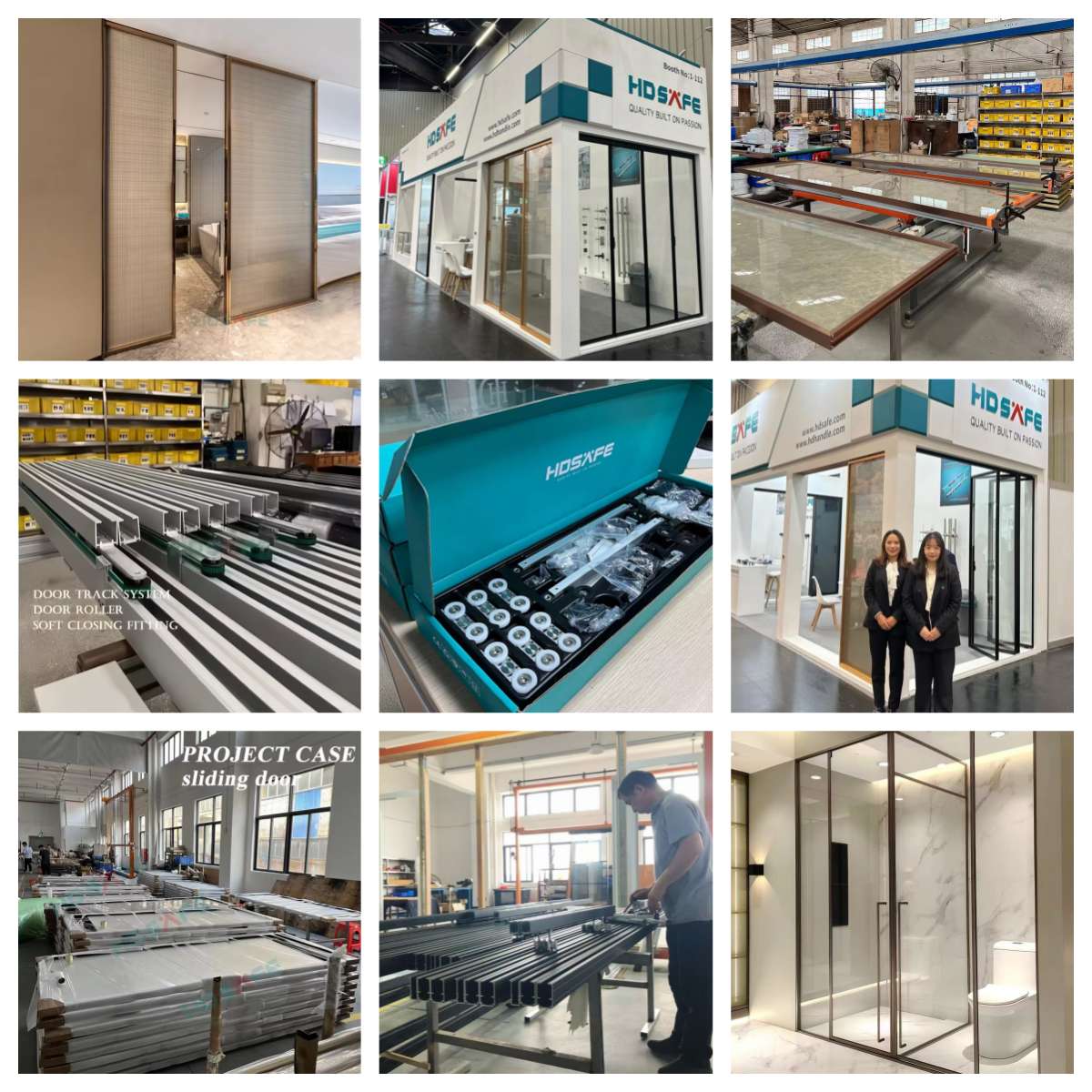
1. Smart Technology Integration: The Brain Behind Modern Sliding Doors
One of the most significant advancements in 2025’s sliding doors is their integration with smart home systems. These doors are no longer just manually operated; they are now AI-powered, sensor-driven, and app-controlled, offering unparalleled convenience and security.
a. Voice & App Control
With the rise of smart assistants like Amazon Alexa, Google Assistant, and Apple HomeKit, sliding doors can now be controlled via voice commands or smartphone apps. Imagine saying, "Hey Google, open the patio door,"and watching the door glide smoothly without lifting a finger.
b. Motion & Proximity Sensors
Advanced motion sensors detect movement and automatically open or close the door, making them ideal for high-traffic areas like kitchens, offices, and public spaces. Proximity sensors also enhance security by detecting unauthorized access attempts.
c. Biometric & RFID Access
For enhanced security, many 2025 sliding doors come equipped with fingerprint scanners, facial recognition, or RFID keycards, ensuring that only authorized individuals can enter. This is particularly useful for luxury homes, offices, and hotels.
d. Automated Climate Adaptation
Some smart sliding doors are designed to adjust their opening mechanisms based on weather conditions. For instance, if it’s windy or raining, the door may partially close or trigger an alert to prevent energy loss.
2. Sustainable & Eco-Friendly Materials
Sustainability is a major focus in 2025, and sliding door manufacturers are adopting eco-friendly materials that reduce environmental impact while maintaining durability and style.
a. Recycled & Reclaimed Wood
Instead of virgin timber, many sliding doors now use reclaimed wood or FSC-certified timber, reducing deforestation and promoting responsible sourcing.
b. Aluminum & Steel Alloys with Recycled Content
Lightweight yet strong aluminum frames are increasingly made from recycled metals, lowering carbon emissions during production.
c. Glass with Low-E Coatings & Solar Control
Modern sliding doors feature energy-efficient glass with low-emissivity (Low-E) coatings that reflect heat in summer and retain warmth in winter, reducing HVAC costs. Some even have self-tinting smart glass that adjusts opacity based on sunlight exposure.
d. Bio-Based Polymers & Composites
Innovative plant-based polymers are being used for door handles, seals, and frame components, replacing traditional petroleum-based plastics.
3. Design Innovations: Blending Aesthetics with Functionality
The new generation of sliding doors is not just about technology and sustainability—it’s also about pushing the boundaries of design.
a. Frameless & Ultra-Slim Profiles
Gone are the days of bulky door frames. 2025’s sliding doors feature ultra-slim profiles (as thin as 20mm), maximizing glass visibility and creating a seamless indoor-outdoor transition.
b. Multi-Panel & Pocket Doors
Multi-panel sliding doors allow for wider openings, perfect for modern open-plan living. Pocket doors slide into walls, completely disappearing when not in use, saving floor space.
c. Customizable Finishes & Textures
From matte black metal frames to natural wood grains and frosted glass textures, homeowners can now customize their sliding doors to match any interior design theme.
d. Curved & Geometric Designs
Architects are experimenting with curved sliding doors and geometric patterns, adding a futuristic touch to luxury residences and commercial spaces.
4. Enhanced Security & Durability
While aesthetics and smart features are important, security remains a top priority. The 2025 sliding doors are built with advanced locking mechanisms and reinforced materials to ensure safety.
a. Multi-Point Locking Systems
Unlike traditional single-lock systems, modern sliding doors use multi-point locks that secure the door at multiple points along the frame, preventing forced entry.
b. Tempered & Laminated Safety Glass
The glass used in these doors is tempered (shatter-resistant) or laminated (holds together when broken), providing extra protection against break-ins and accidents.
c. Anti-Lift & Anti-Slide Mechanisms
To prevent intruders from lifting or forcing the door open, anti-lift rollers and anti-slide locks are now standard in high-security models.
5. Energy Efficiency & Thermal Performance
With rising energy costs, 2025’s sliding doors are engineered for maximum thermal efficiency, reducing heating and cooling expenses.
a. Thermal Break Technology
Aluminum frames now incorporate thermal breaks (insulating barriers) that prevent heat transfer, keeping interiors comfortable year-round.
b. Weatherstripping & Seals
Advanced rubber and EPDM seals prevent air leaks, ensuring that no drafts or moisture seep through.
c. Passive House Compatibility
Some sliding doors are designed to meet Passive House standards, featuring triple-glazed glass and superior insulation for near-zero energy buildings.
6. Future Trends: What’s Next for Sliding Doors?
As technology continues to evolve, the future of sliding doors in 2025 and beyond includes:
-
Holographic & Augmented Reality (AR) Integration – Doors that display digital art or interactive interfaces.
-
Self-Cleaning Glass – Nanotechnology coatings that repel dirt and water.
-
Solar-Powered Smart Doors – Doors with integrated solar panels to power their smart features.
-
Modular & Expandable Designs – Doors that can be reconfigured as space needs change.
Conclusion: Why the New Generation Sliding Doors Are a Must-Have in 2025
The New Generation Sliding Doors from 2025 are not just an upgrade—they are a complete reinvention of how we think about doors. With smart technology, sustainable materials, futuristic designs, and unmatched security, these doors are setting new standards in architecture and interior design.
Whether you are building a new home, renovating an office, or upgrading your living space, investing in these cutting-edge sliding doors will enhance functionality, aesthetics, and energy efficiency for years to come.
Are you ready to embrace the future of sliding doors? Explore the latest models in 2025 and transform your space with innovation and style.





 Home
Home Oct 20,2025
Oct 20,2025 
 What Are the Different Types of Sliding Doors? A Comprehensive Guide
What Are the Different Types of Sliding Doors? A Comprehensive Guide 
 Oct 09,2025
Oct 09,2025 

